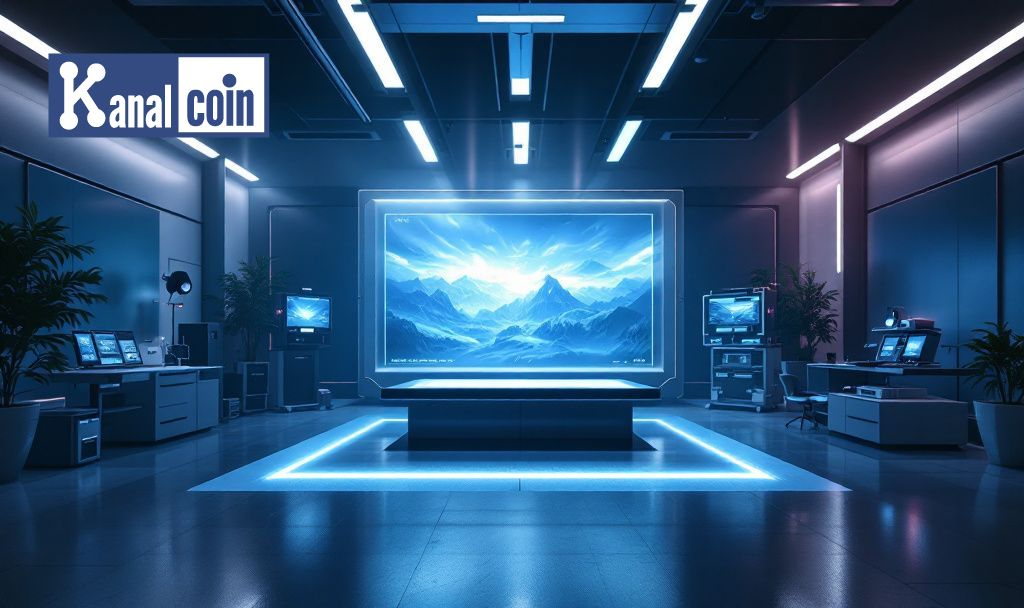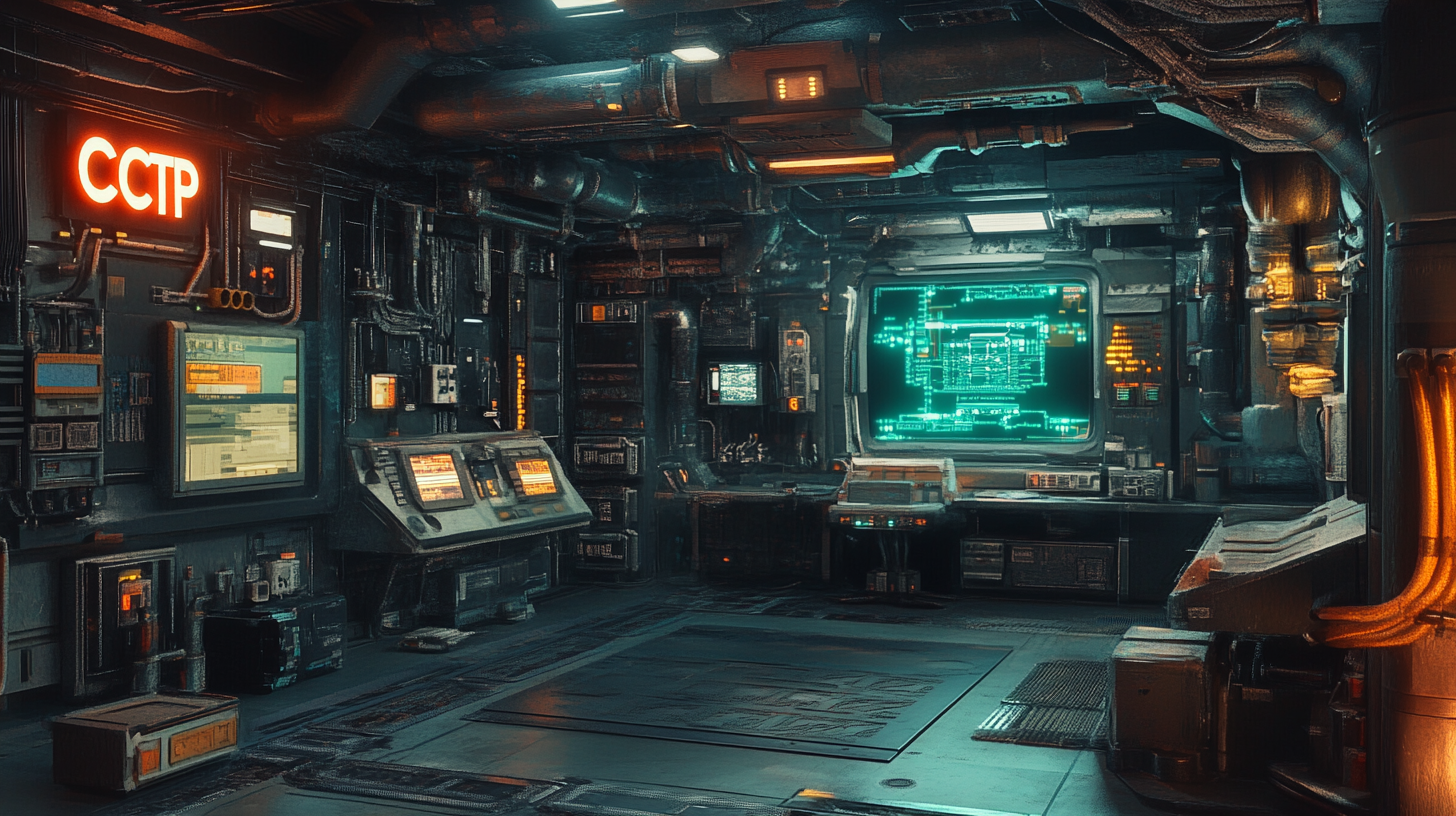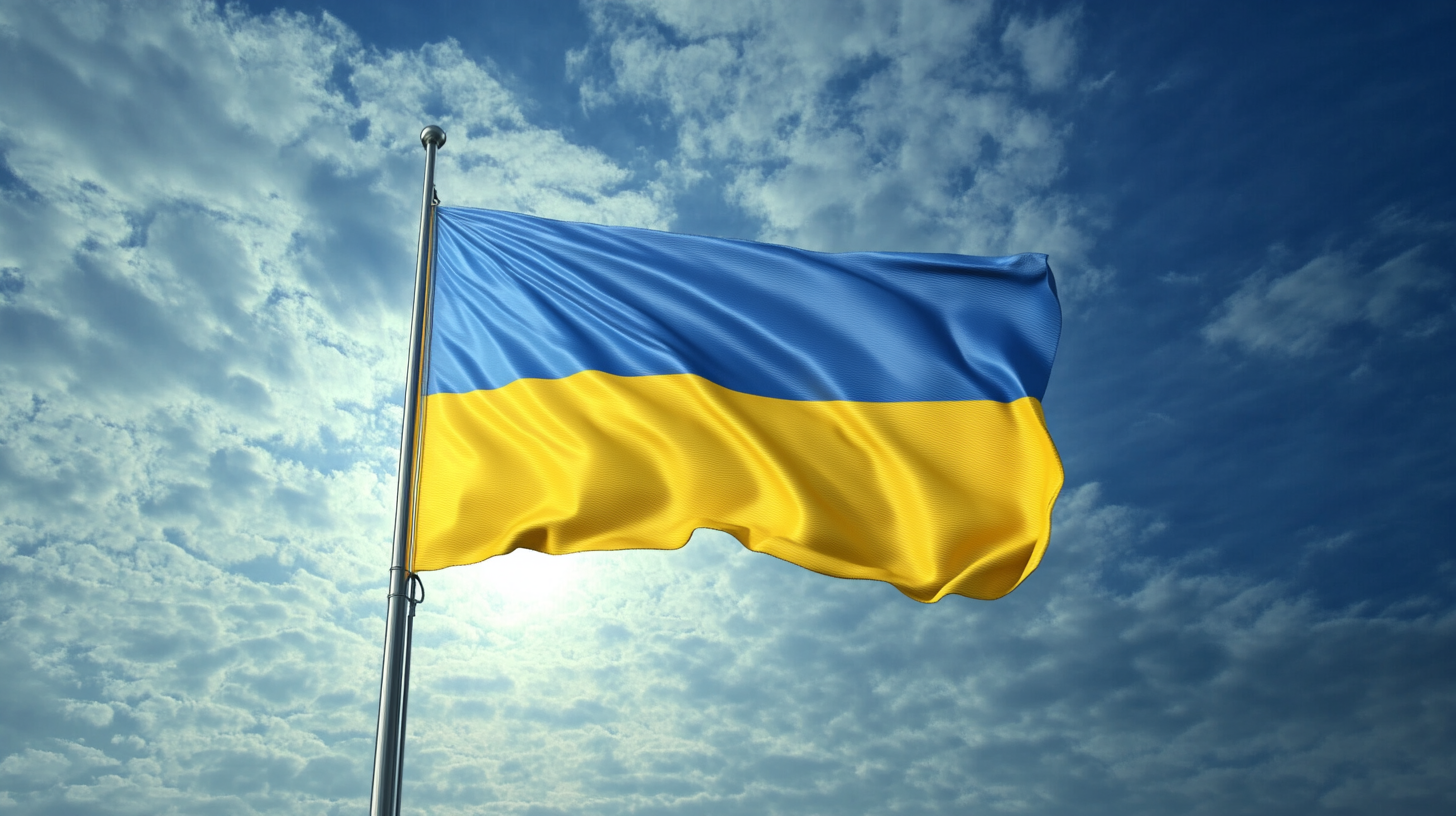
OpenAI has launched an updated version of its image generator, significantly improving its capabilities and user experience, announced on October 20 from its headquarters.
The release is pivotal for digital artists and the creative tech industry, sparking keen interest and anticipation within user communities for enhanced creative outputs.
OpenAI Integrates Advanced Features Following User Feedback
OpenAI has introduced a new version of its image generator, aiming to deliver a more robust feature set. This follows feedback from users asking for greater functionality and efficiency in digital art creation.
The update involves leading AI engineers who programmed the system to adapt to user needs better. Enhanced algorithms ensure smoother transitions in art generation, making it appealing for a wider audience.
Mixed Reactions Highlight Uncertainty in Market Impact
The announcement has elicited mixed reactions from digital artists and tech enthusiasts. While some users celebrate the anticipated improvements, others express caution, suggesting that the technology’s impact remains to be tested.
This advancement could financially benefit those in digital industries, as better efficiency can reduce operational costs. Historic trends show openness to technological innovation often leads to broader market acceptance.
AI Evolution Drives Industry Adaptation and Popularity
Comparisons have been drawn with previous releases where similar AI innovations were marketed. Historically, each iteration has improved user engagement and expanded industry reliance on AI-driven tools.
Experts from Kanalcoin suggest the continued evolution of OpenAI tools can lead to more sophisticated creative outputs. Data-driven forecasting predicts increased adoption as previous tools saw rising popularity and industry application.
“At OpenAI, we have long believed image generation should be a primary capability of our language models. That’s why we’ve built our most advanced image generator yet into GPT-4o. The result—image generation that is not only beautiful, but useful.” — OpenAI Blog Post









